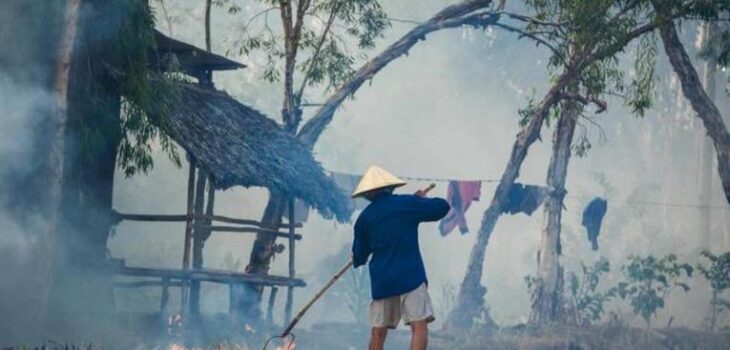
Bioenergy benefits better than burning rice straw
There is a huge opportunity to generate energy from agricultural wastes – one opportunity of which is rice straw. About 6 tons of straw are produced for every 4 tons of rice grain, amounting to more than 700 million tons of rice straw every year.
At least 80% of rice straw is burnt every year. This contributes to CO2 emissions, air emissions, pollution, and poorer livelihoods through negative health and water quality impacts. In Vietnam, rice residue burning contributes to 14% (non-pile burning), 18% (pile burning), and 16% (current status) of total combustion emissions.
“Farmers unfortunately tend to be ignored in the bioenergy development process but solutions to rice straw burning can be addressed with livelihood co-benefits that can be maximised if collaborative solutions are taken,” says Angela Mae Minas from the Tyndall Centre at Manchester University.
Angela’s work shows that active involvement with farmers and local communities can offer a solution to rice straw burning in Southeast Asia.
Their research focuses on exploring collaborative ways to engage farmers in the co-development of bioenergy systems for agricultural waste . Part of this work examines social networks in farming communities to understand how locals make decisions about their rice straw and considerations for how a biogas facility could support current livelihoods. Among potential livelihood benefits for farmers include income from selling rice straw and using the digestate, a by-product of anaerobic digestion (or the decomposition of rice straw to produce energy), as compost for their rice fields.
“Our work in the Philippines and Vietnam allowed us to critically reflect on the value of making central the farmers and their communities in bioenergy development, and thus, based on insights from the field, we propose collaboration strategies to co-develop beneficial bioenergy solutions with them,” said Minas.

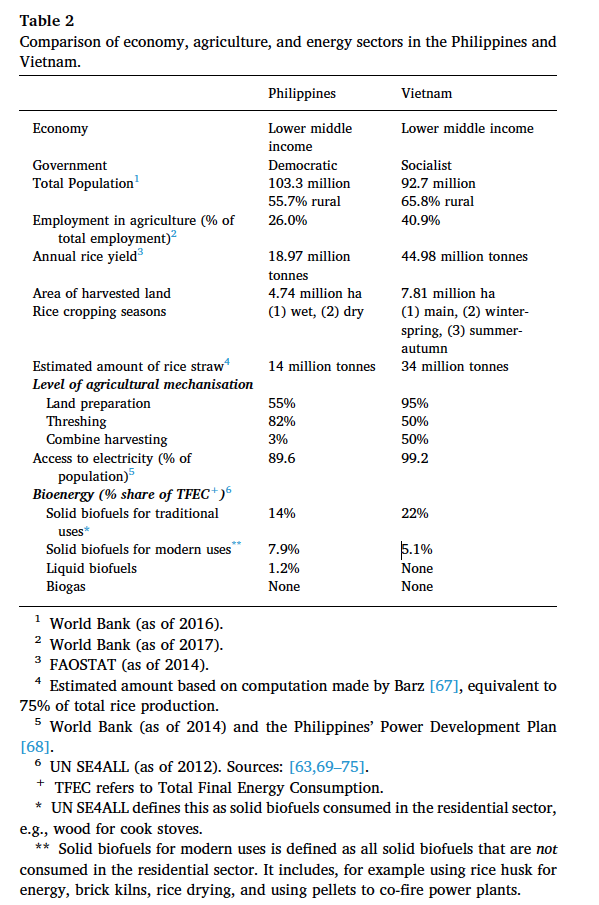
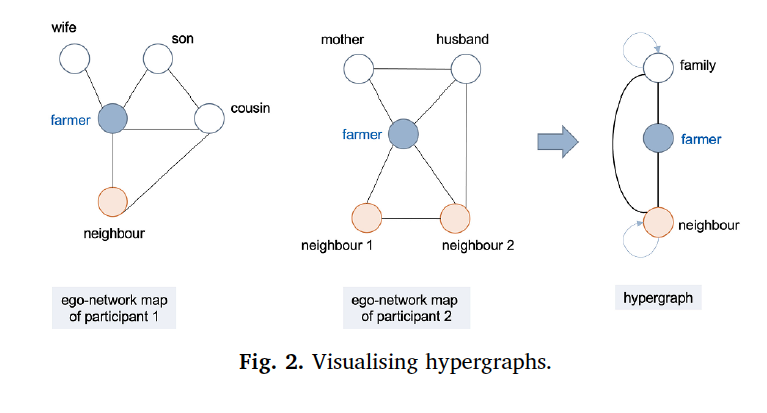
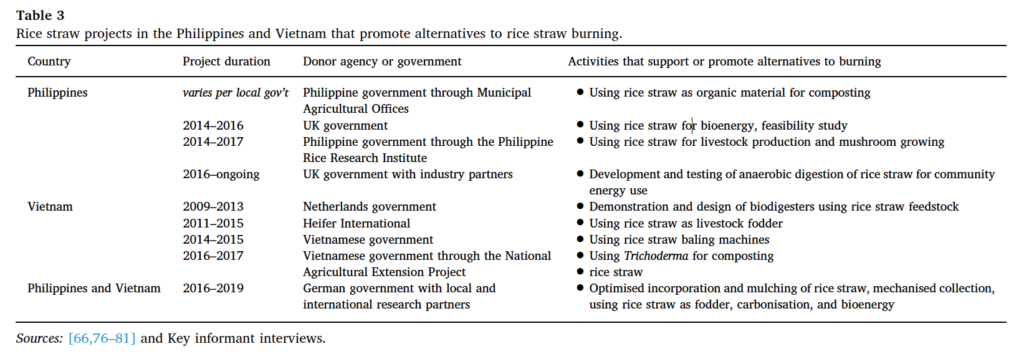
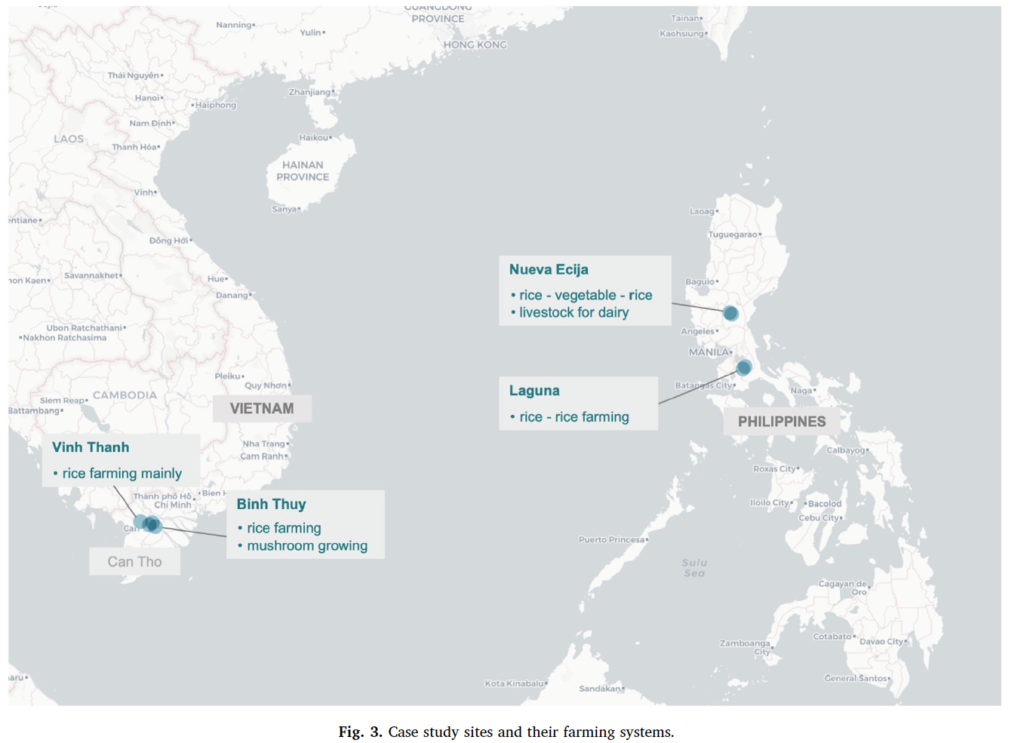

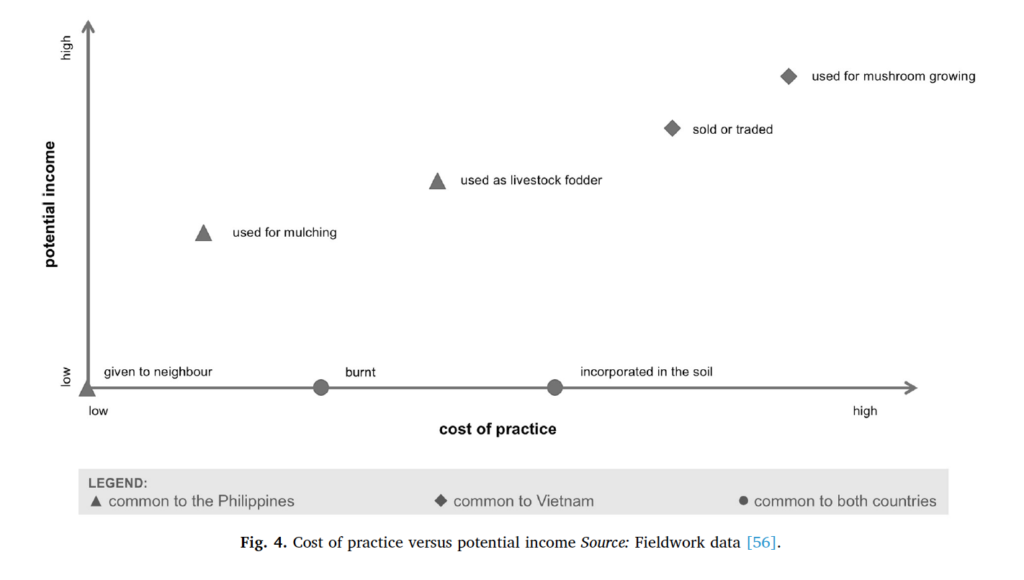

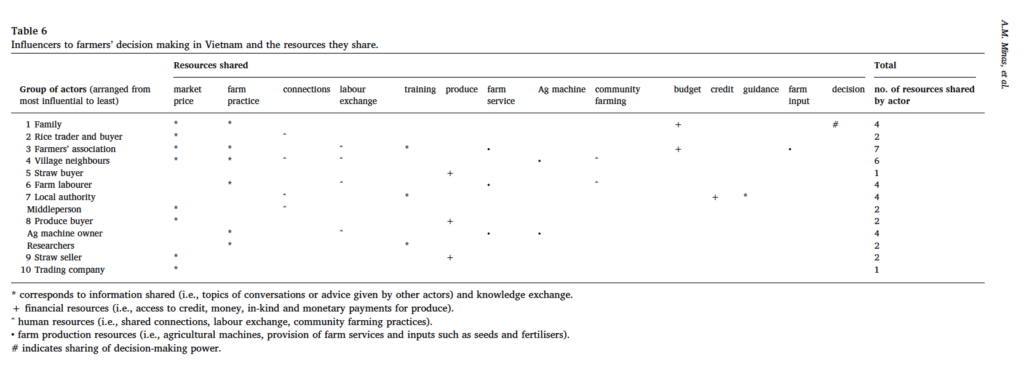
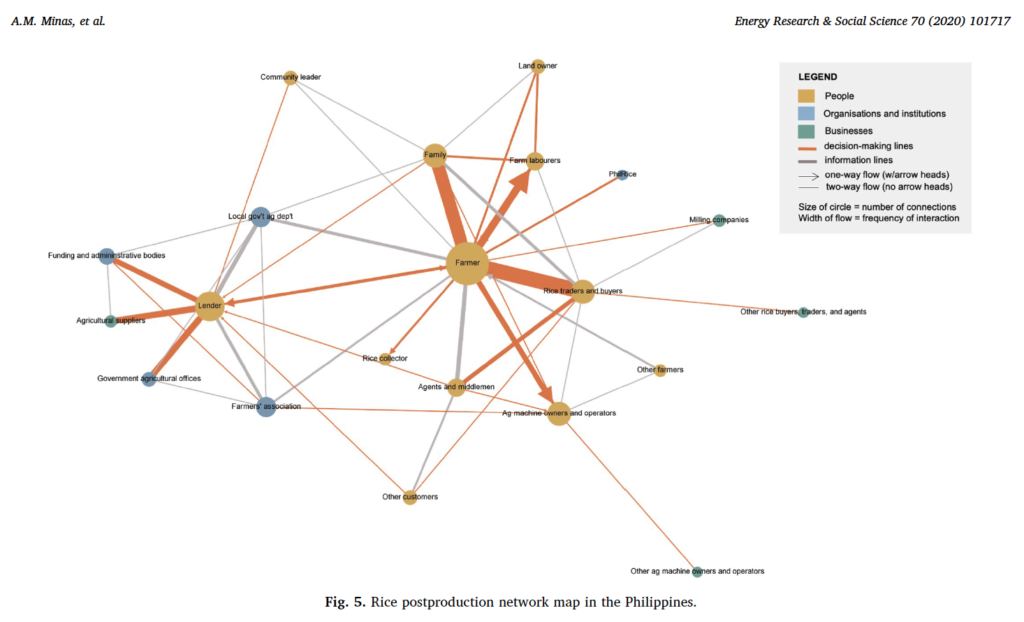
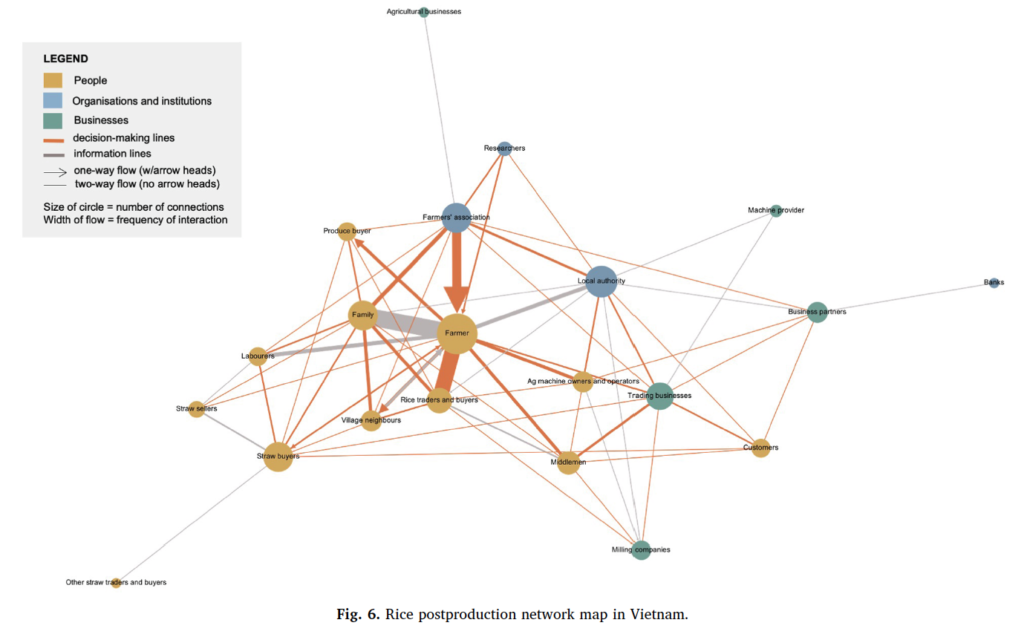
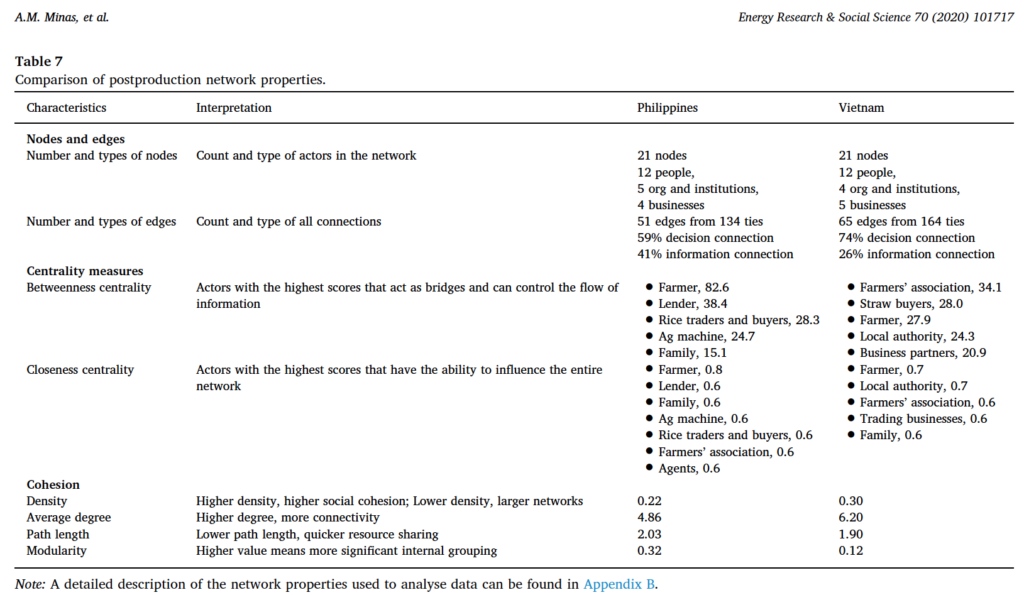
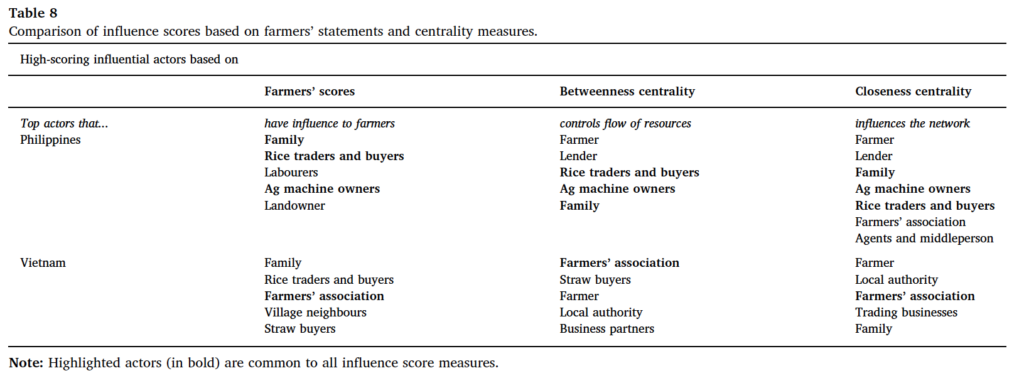
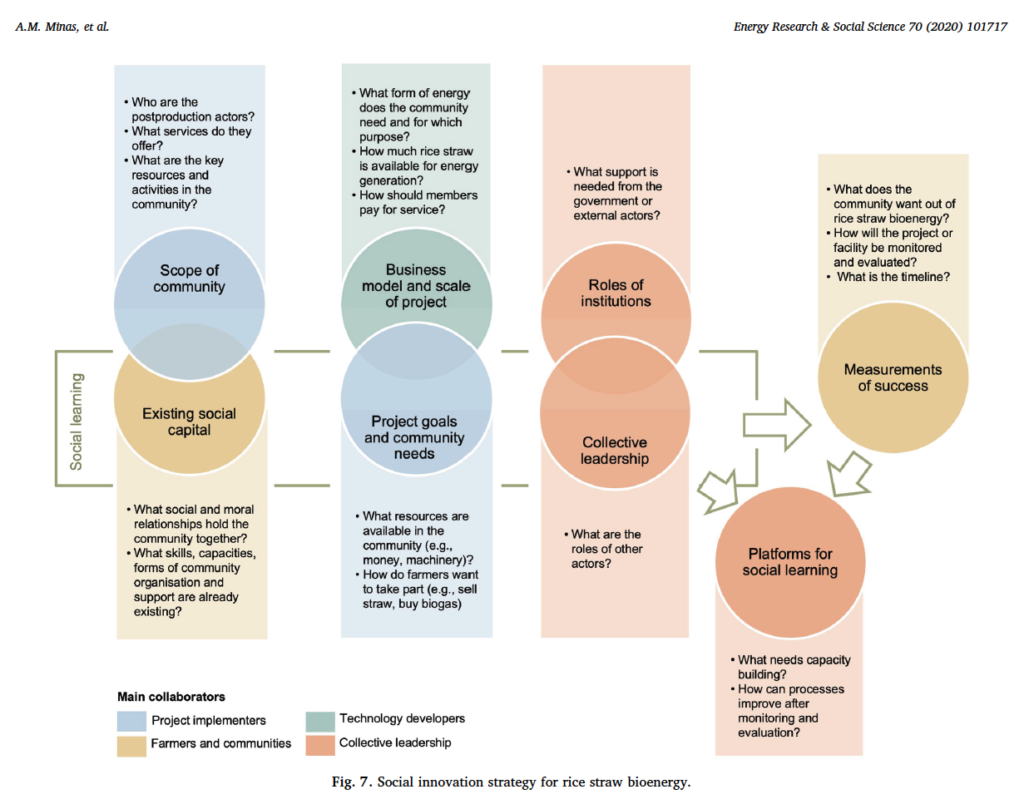
All photos and texts from Tyndall / ScienceDirect